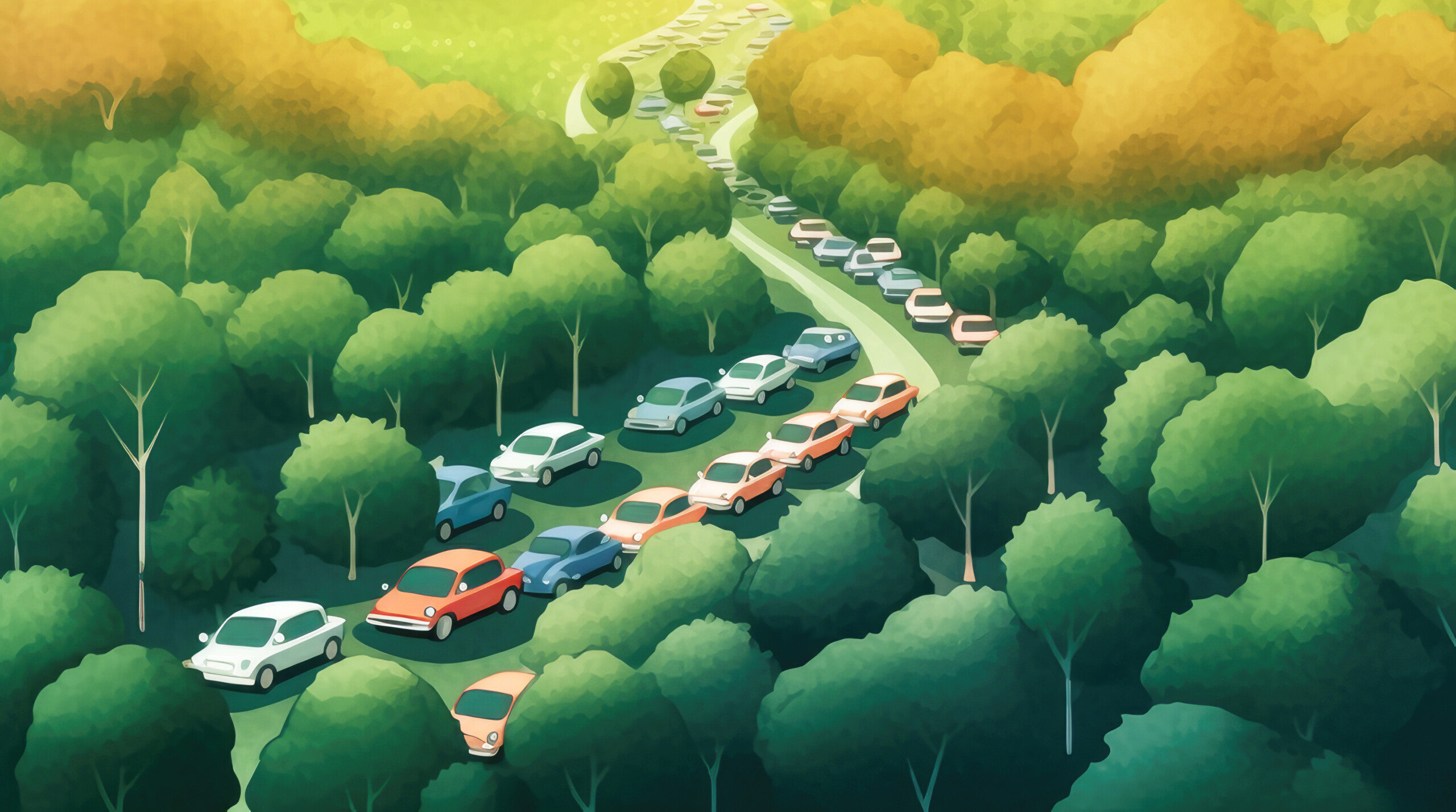A version of this article was published at Antheros on 10/18/2023.
Two years ago, I bought my parents a trail cam for their house in Vermont. We set it up on the edge of the forest, where it snaps photos at the slightest movement. So far, it’s spotted countless deer, squirrels, chipmunks, and raccoons, a few foxes, an opossum, a woodchuck, a bear, and a bobcat. These are lush woods. After a heavy summer rain, the dark parts grow thick with gnats and mosquitos, and all kinds of mushrooms pop up from the leaf litter. Certain places crawl with so many newts that you have to watch every step to avoid crushing them.
When fleeing from the bugs, it’s not unusual to come across an old mossy stone wall, left from a time when Vermont, and the rest of New England, was mostly field and pasture. The common story is that in the mid-19th century, farmers went west for flatter, richer land or to the cities to work in new industries. The railroad brought cheaper produce east, and New England’s farms were reclaimed by tenacious pine, cedar, and birch. It’s a true story—but not the whole story. Another part involves the automobile.
Before we had cars, we relied on horses and mules—millions of them. In cities, they carried riders, delivered goods, and pulled cabs, wagons, omnibuses, and fire engines. On farms, they cleared land, plowed fields, and turned mills. As America’s cities rapidly expanded, so too did their stables and those of the farmers that fed them.
Horse populations were growing so rapidly that, even as most agriculture moved west, New England’s hay fields stuck around. Between 1880 and 1909, total cleared farmland in New England fell by almost half, from 13 million acres to 7 million, while land used for hay production fell just 11 percent, from 4.2 million acres to 3.7 million. Nationally, the number of acres used for hay production grew from 30 million in 1880 to 72 million in 1909 and has since declined to around 55 million.
This was mostly because hay has a relatively low value for its volume, making it less economical to transport long distances than something like grain. As long as there were horses in New England’s cities, much of their hay would be grown locally.
Horses began to decline in the early 20th century as cars and trucks (and, to some extent, electric streetcars) replaced the legions of draft and riding horses in cities. Farm horses were gradually superseded by tractors and trucks but persisted in large numbers until mid-century.
As Anne Green writes in Horses at Work, “Horse populations dropped off from east to west. After 1910 the states with the largest horse populations were all west of the Mississippi.” By 1949, there were just over two million acres of hayfields left in New England, and by 2017, fewer than one million.
From a conservationist’s perspective, cars beat horses because of energy density. A well-worked draft horse could eat 30,000 calories of hay and oats each day, or the output of four acres of fertile 1930s cropland. A modern delivery van driving 100 miles a day (doing the work of multiple teams of horses) might consume 10 gallons of diesel fuel, refined from a tiny fraction of a typical oil well’s daily production. Each gallon of diesel contains around 35,000 calories (if only horses could digest it) and comes from underground reservoirs, leaving the surface mostly untouched.
Cars also don’t have to be kept alive. An idle horse needs 10,000 to 15,000 calories per day just to keep breathing; an undriven car needs none. Electric vehicles have the potential to spare even more land. With a footprint of 12 acres—enough land for just three horses—California’s Diablo Canyon nuclear power plant can power over four million Teslas driving 40 miles a day (roughly the American average). That should hammer in how incredibly perverse it is that we use over 50 million acres of U.S. farmland to grow feedstock for biofuels.
Back in the 1930s, lamenting the horse’s decline and its economic effect on farmers, the Horse Association of America extrapolated from the 1900 horse-human ratio and calculated that 54 million acres of U.S. farmland had been spared by the automobile. The country’s population has nearly tripled since then, and we live much richer lives. If our cities were fed by horse plow and our packages delivered by horse cart, hundreds of millions of acres of our forests would now be meadow.
My parents don’t live in the deep wilderness, but the houses are far enough apart that you won’t see the neighbors unless you go out looking for them. At night, the only reminder of the rest of humanity is the occasional flash of headlights through the trees. Those lights often frustrate me, breaking my sense of solitude amid wild nature. But that feeling is entirely an illusion. The forests of New England sprung from modern civilization and its great symbol, the car.


